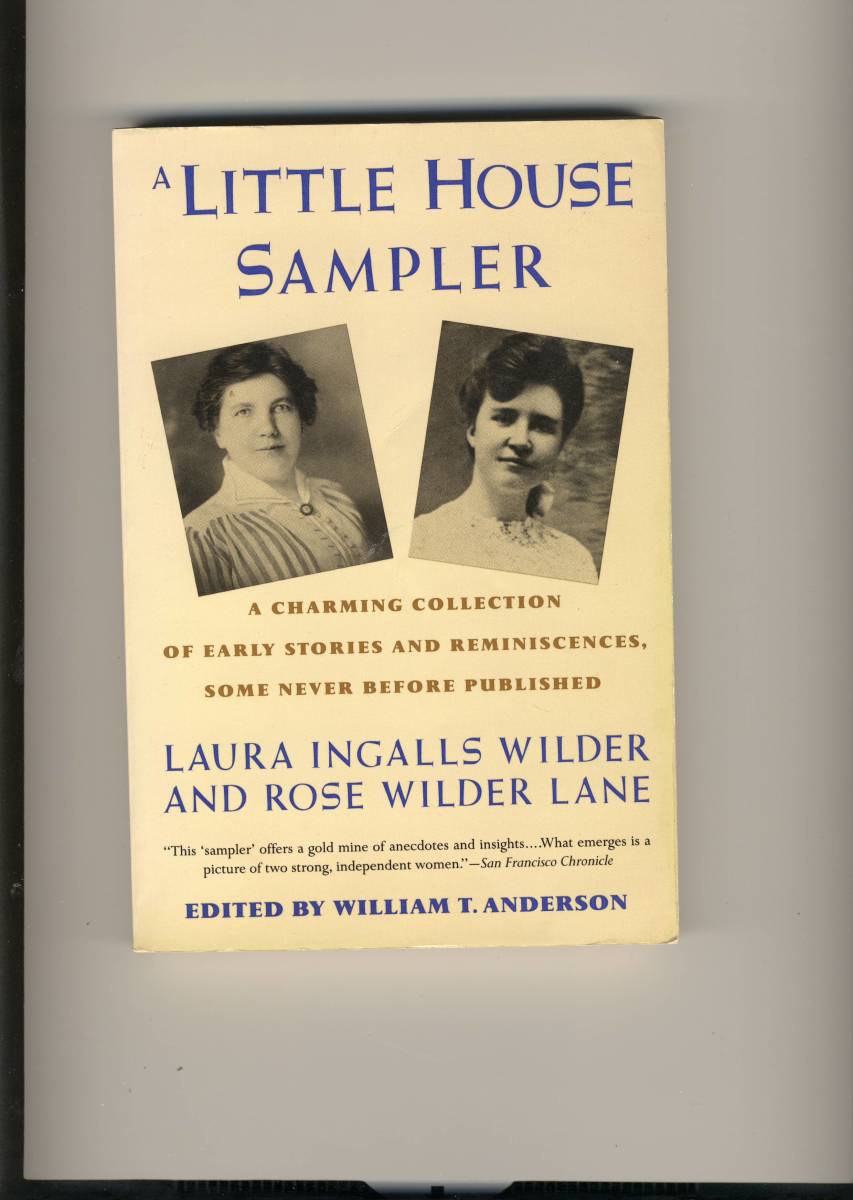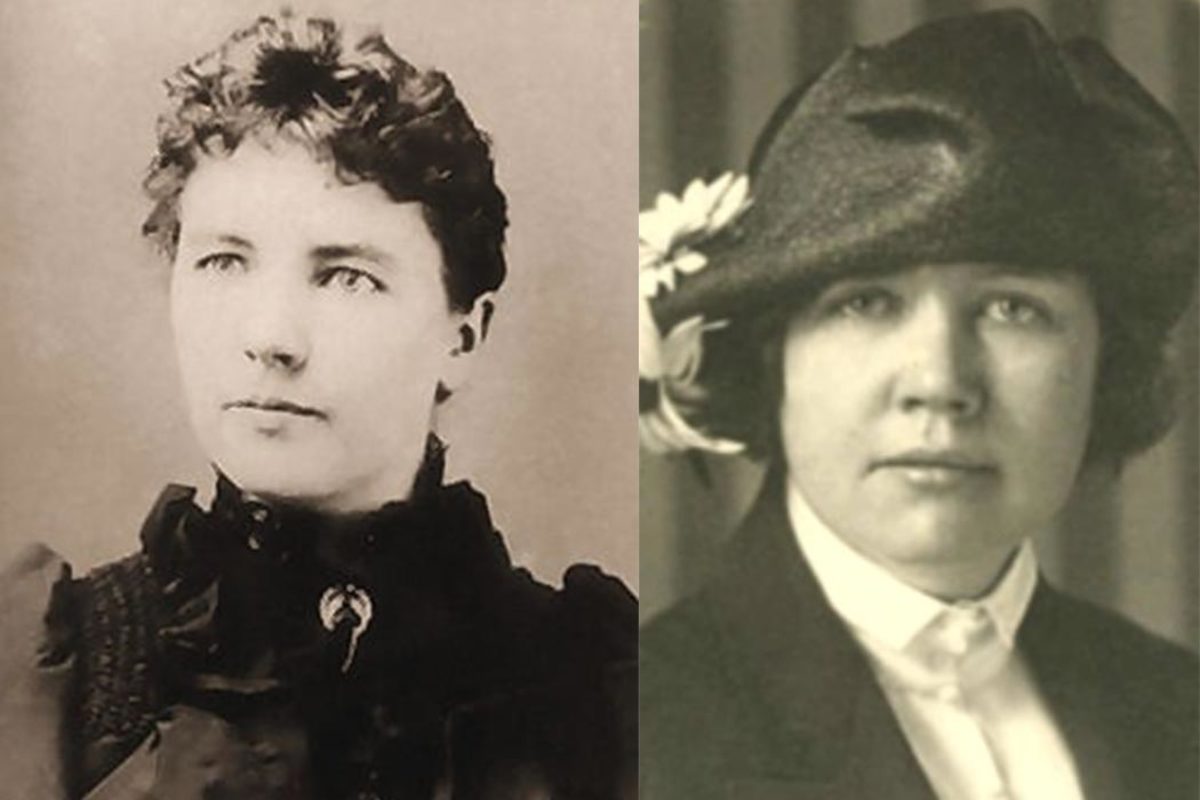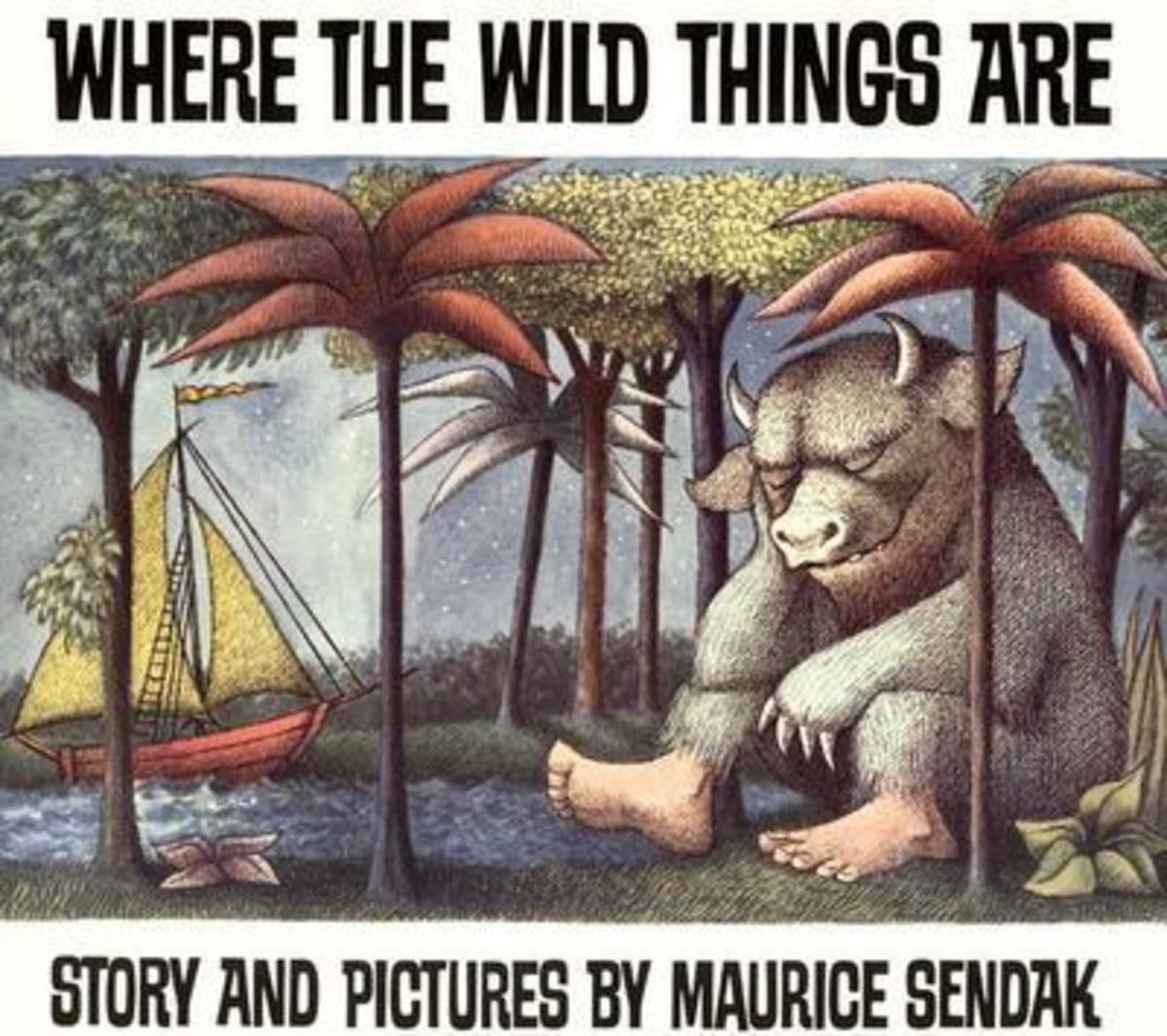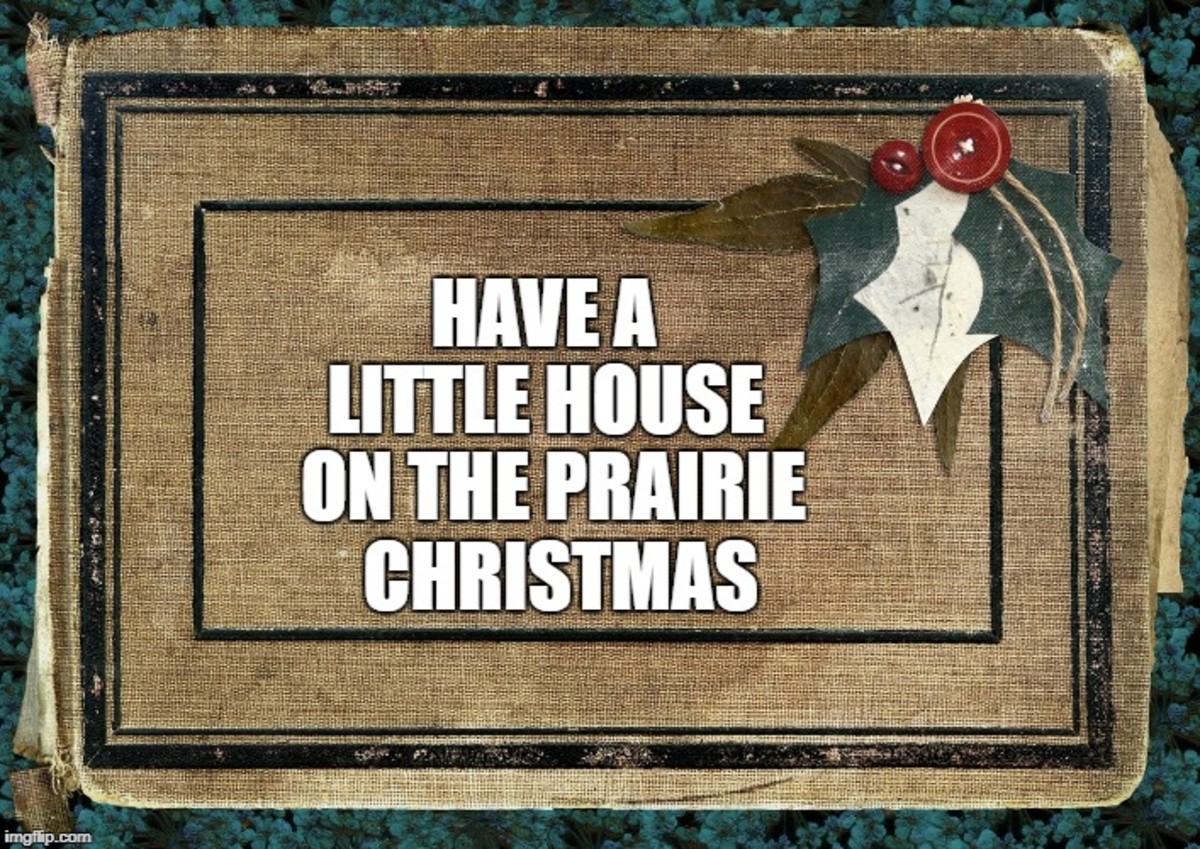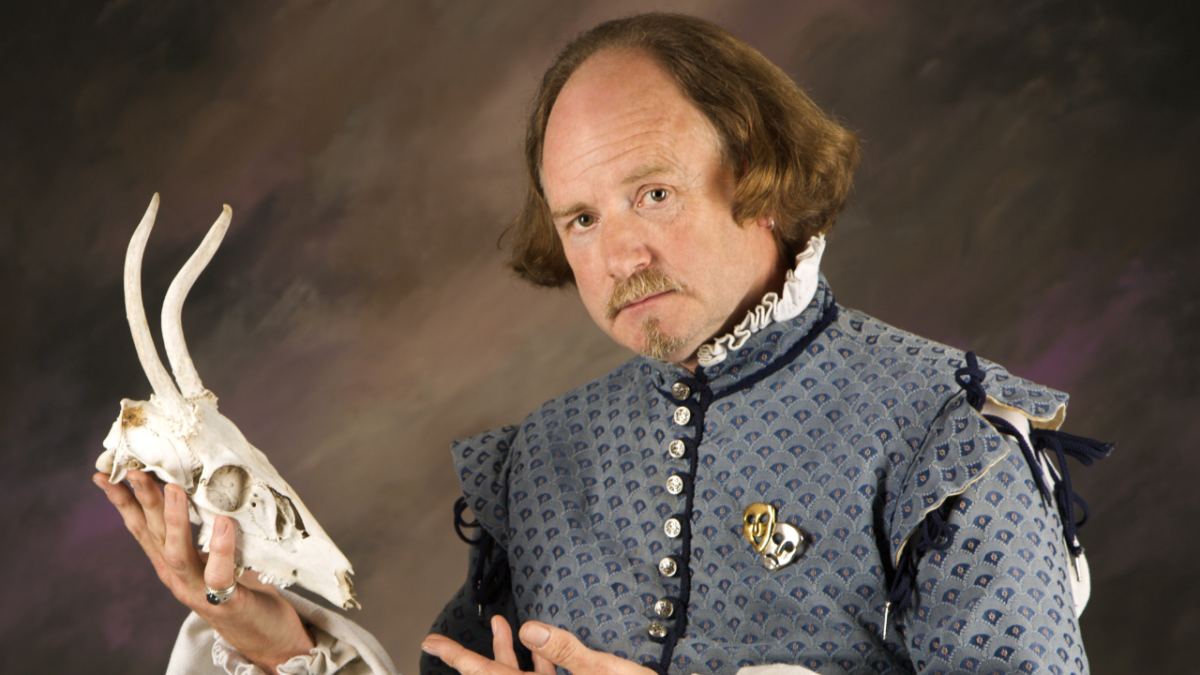Historical background to Little House on the Prairie books
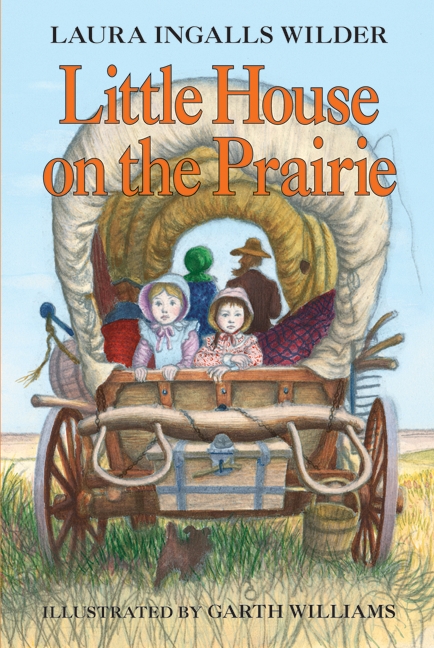
Background to Laura Ingalls Wilder's stories
The much loved "Little House" stories are based on the childhood memories of Laura Ingalls Wilder. Wilder grew up in the American midwest during the late nineteenth century. Wilder's family travelled and lived in the "wild" woods of Wisconsin and also in various locations across the prairies of the midwest. The books provides insights in to the life and hardships of a close knit American pioneer family.
Little House in the Big Woods is the first book in the series. In the books Laura turns five years old, although in reality she was three years old when her family lived in the woods of Wisconsin. At this time the family consisted of Laura's parents: Charles (Pa) and Caroline (Ma), her elder sister Mary and baby Carrie.
At this time the population is sparse, the woods are deep, and are populated by wild animals such as deer, bears and wolves. Laura writes about hearing wolves howl, but being reassured by her father that she is safe inside the cabin, with a fire blazing, and his gun loaded.
Like other pioneer families, Laura's parents need to make careful use of everything they had, nothing went to waste. The book includes a detailed description of Pa cleaning his rifle and making bullets for it. The rifle was an essential item for hunting the meat that the family relied on to eat and for protection. The animals Pa shot were eaten by the family, whilst he traded the furs for vital supplies. In order to trade the fur pelts Laura's father had to walk to the nearest town and back, an enterprise which took an entire day.
Like many pioneer women, Laura's mother was an efficient housekeeper who involved the children in the household chores. They family made their own butter, they smoked their own meat, and had to grow, prepare and store their own provisions so they would have food to last the whole Winter. They couldn't simply go to a shop to replenish their supplies, the family was too isolated. In fact one of the episodes in "Little House in the Big Woods" details Laura and Mary visiting the closest town for the first time.
One of the higlights of the book is the "sugar snow" harvest, when the men work very hard to harvest the maple syrup. Historically the sugar season, or the time suitable for making the maple syrup only lasted a few weeks. Basically, after tapping the sap from the maple trees it was boiled. The resulting syrup could be used to make a type of sugar. Candy could also be made by pouring it in to fresh, clean snow. Of course, at this time there was very little access to real sugar, so the snow candy was considered an enormous luxury.
In many of the books Laura refers to new technologies or inventions, and how they make life easier for the familiy. She describes steam trains, acquiring a new sewing machine and various harvesting machines used by her father as miraculous labour saving devices.
The book "Little House on the Prairie" is set in "Indian Territory," Kansas. It is the sequel to "Little House in the Big Woods". Laura's parents decided to "go West" to Kansas as they were expecting the land to be opened up for settlement. Sadly for the family, at the end the book Laura's father is told he has illegally settled and makes the painful decision to uproot his family rather than be forcibly removed by government soldiers. The historical background behind this goes back to the 1820s when tracts of land in Kansas had been allocated as Indian Territory. As the name implies, this land was allocated for Indians, rather than for White settlement. It was part of a wider government policy of limiting Native Indian tribes to specific areas. Charles Ingalls (Pa) had expected that the government was going to open up the Indian Territory for white settlement, but instead the illegal white settlers were evicted from the area.
In "Little House on the Prairie" the Ingalls family home is located next to an Indian trail. The book details their encounters with the Indians and the children's and their mother's fear of these exotic, uncommunicative strangers.
Wilder recounts how her parents tried to establish a new life for the family. Initially the family live out of a covered wagon as they travel across the flat prairie lands. Then Pa and a helpful neighbour build a sturdy house for the family. Later pa digs a well by hand. Pa even goes to the extravagence of buying glass for the windows of the house.
Books subsequent to Little House on the Prairie, such as "On the Banks of Plum Creek" and "Little Town on the Prairie" all share similar themes. The Ingalls family had to deal with a harsh climate that included tornadoes, harsh winters, grasshopper plagues and fires. All elements that were not inducive to profitable farming. In "On the Banks of Plum Creek" Pa's crops are destroyed by a grasshopper plague. In "The Long Winter" the Ingalls family, together with the population of their town, are cut off from the outside world for seven months due to extreme weather.
In "By the Shores of Silver Lake" the family is in debt partly as a result of crop loss. Pa becomes a bookeeper at a railroad camp in Dakota. He hopes the job will allow him to repay his debts and to allow him time to make a homestead claim. Under the Homestead Act, farmers were able to have land granted to them free of charge, if they could file a claim, live on the land for five years and "improve" (farm) the land.
The "Little House" books also pay testament to how vulnerable pioneer families were to medical emergencies. In The "Little House on the Prairie", the entire family contracts what was probably malaria, and is very ill. However, the family are unaware of exactly what the sickness is and Laura's mother puts it down to "bad watermelon". Fortunately, they recover. Later, Mary, Laura's elder sister, suffers from lifelong blindness after contracting Scarlet Fever. Today Scarlet Fever is treated relatively easily with antibiotics. In Laura and Mary's time the disease was one of the major killers of children. Laura's infant brother, like many young children of the time, also died in infancy. Many children died from diseases which would be considered treatable today.
One of the interesting and endearing things about the Little House books is Laura's determination and hardiness. Against the expectations of her gender, she helps her father on the farm in the absence of any other male siblings. She acts as the "eyes" for elder sister Mary. At the age of 14 she has her first paid job. She wants to earn money so the family can send her sister to a school for the blind. Laura first job was sewing, and later she studied to become a school teacher, which she was able to do from the age of 16 years.
Happily for the Wilder family, Charles Ingalls was eventually successful in a homestead claim in De Smet, South Dakota. Later the family sold the farm and moved into the town.
They are beautifully written books, that not only provide wonderful storytelling, but an insight into history.
References
The Little House books and the following websites were useful when writing this hub page.
More about Laura and Little House facts
- Laura Ingalls Wilder - Wikipedia, the free encyclopedia
- Laura Ingalls Wilder, Frontier Girl
Laura Ingalls Wilder, the author of Little House on the Prairie -- Laura Ingalls Wilder, Frontier Girl, is a comprehensive interactive site designed to give Little House fans an answer to their questions of - Revisiting Laura Ingalls Wilder, Rose Wilder and the...
The life of author Laura Ingalls Wilder who wrote the Little House books and whose writing was the basis for the TV series Little House on the Prarie really was lived on the praries. For many years, Laura Ingalls Wilder wrote non-fiction articles abo



